Home>diy>Planning & Engineering>What Is The Job Growth For Landscape Architects?


Planning & Engineering
What Is The Job Growth For Landscape Architects?
Modified: February 25, 2024
Discover the job growth prospects for landscape architects in the field of planning engineering. Explore career opportunities and future projections.
(Many of the links in this article redirect to a specific reviewed product. Your purchase of these products through affiliate links helps to generate commission for Storables.com, at no extra cost. Learn more)
Introduction
Welcome to the world of landscape architecture, where creativity meets functionality to transform outdoor spaces into stunning and sustainable environments. As urbanization continues to reshape our cities, the demand for skilled landscape architects is on the rise. But what exactly is the job growth outlook for this profession? In this article, we will explore the current landscape architect job market and factors that contribute to its growth.
Landscape architecture is not limited to designing beautiful gardens and parks; it encompasses a wide range of disciplines, including urban planning, environmental conservation, and site development. Landscape architects are responsible for designing and planning outdoor spaces that are aesthetically pleasing, functional, and in harmony with nature.
With growing awareness of the importance of sustainable development and environmental preservation, the role of landscape architects has become increasingly crucial in shaping our built environment. From creating green infrastructure to managing stormwater runoff, landscape architects play a vital role in creating resilient and livable communities.
So, what does the job outlook look like for landscape architects in today’s market? Let’s dive into the data to get a better understanding.
Key Takeaways:
- The job growth outlook for landscape architects is positive, with a projected 4% growth rate from 2020 to 2030, driven by factors such as urbanization, sustainable design, and environmental conservation.
- Landscape architects play a pivotal role in shaping urban environments, contributing to sustainable development, and creating resilient landscapes that enhance community well-being.
Read more: What Is The Job Of A Landscape Architect
Job Outlook for Landscape Architects
The job outlook for landscape architects is generally positive, with a projected growth rate of 4% from 2020 to 2030, according to the U.S. Bureau of Labor Statistics (BLS). This growth rate is about as fast as the average for all occupations, indicating a steady demand for landscape architects in the coming years.
One of the primary factors driving job growth is the increasing importance placed on sustainable design and environmental stewardship. As more communities and organizations prioritize sustainability, landscape architects with expertise in green infrastructure, conservation, and sustainable site development are in high demand.
Additionally, the need for urban planning and redevelopment continues to drive job opportunities for landscape architects. With urban areas facing challenges such as limited space, population growth, and climate change, landscape architects play a crucial role in designing solutions that promote healthy and vibrant communities.
Another factor contributing to job growth is the recognition of the benefits of well-designed outdoor spaces. Parks, recreational areas, and public gardens have a positive impact on physical and mental well-being, making them essential components of communities. Landscape architects are instrumental in creating these spaces, enhancing the quality of life for individuals and communities.
The COVID-19 pandemic has also shed light on the importance of outdoor spaces. As people sought solace and relief from lockdowns, public parks and open spaces became even more vital. This increased appreciation for the outdoors is expected to continue even beyond the pandemic, leading to continued job growth in landscape architecture.
Factors Influencing Job Growth
Several factors contribute to the job growth in the field of landscape architecture. Understanding these factors can provide valuable insights into the future prospects of this profession:
- Urbanization and Development: As cities continue to expand and develop, the demand for landscape architects who can design and plan outdoor spaces in urban environments is increasing. The need for green infrastructure, parks, and recreational areas in densely populated areas drives job opportunities for landscape architects.
- Sustainable Design: With the growing emphasis on sustainable development and environmental preservation, landscape architects with expertise in sustainable design practices are highly sought after. The integration of green technologies, sustainable materials, and climate-resilient design solutions are crucial components of modern landscape architecture projects.
- Environmental Conservation: Landscape architects play a vital role in conserving and restoring natural habitats. As organizations and communities prioritize environmental conservation, there is a growing demand for landscape architects who can design landscapes that promote biodiversity, protect ecosystems, and mitigate the impacts of climate change.
- Government Initiatives: Government initiatives and policies that promote sustainable development and green spaces also influence job growth for landscape architects. Programs aimed at urban revitalization, ecological restoration, and promoting accessible outdoor spaces create employment opportunities in this field.
- Public Awareness: The general public’s increasing awareness of the benefits of well-designed outdoor spaces drives the demand for landscape architects. People are becoming more conscious of the connection between their environment and their well-being, leading to a greater demand for professionals who can create visually appealing and functional outdoor spaces.
Overall, the combination of urbanization, sustainable design practices, environmental conservation, government initiatives, and public awareness contributes to the steady job growth for landscape architects. By staying up to date with the latest trends and acquiring the necessary skills, aspiring landscape architects can position themselves for a rewarding and in-demand career.
The Role of Landscape Architects in Various Industries
Landscape architects play a pivotal role in various industries, contributing their expertise to projects that go beyond traditional garden design. Their skills and knowledge are valued in sectors such as:
- Urban Planning and Development: Landscape architects collaborate with urban planners, architects, and civil engineers to create sustainable and functional urban spaces. They design parks, plazas, streetscapes, and other public areas that enhance the aesthetics and quality of life in cities.
- Real Estate and Property Development: Landscape architects are instrumental in enhancing the value and desirability of real estate projects. They design outdoor spaces that complement residential or commercial developments, creating attractive environments that promote well-being and connectivity with nature.
- Environmental Conservation and Restoration: Landscape architects contribute to ecological restoration efforts by designing landscapes that restore and protect natural habitats. They devise strategies for sustainable land management, wetland restoration, and wildlife corridors to mitigate the impacts of human activity on ecosystems.
- Recreation and Tourism: Landscape architects are involved in the design and planning of recreational areas such as parks, trails, and resorts. They create outdoor spaces that offer opportunities for leisure, adventure, and cultural experiences, attracting visitors and boosting tourism.
- Infrastructure and Transportation: Landscape architects collaborate with engineers and transportation planners to design green infrastructure and transportation systems. They integrate elements such as bike lanes, pedestrian walkways, and green spaces into transportation corridors, promoting sustainable and interconnected mobility.
- Education and Research: Landscape architects can pursue careers in academia and research. They contribute to the advancement of the field by conducting studies, developing innovative design approaches, and teaching aspiring landscape architects.
Regardless of the industry, landscape architects bring a unique perspective and skill set to projects. They consider factors such as environmental sustainability, site analysis, user needs, and cultural context to create designs that are aesthetically pleasing, functional, and environmentally responsible.
By collaborating with professionals from various sectors, landscape architects contribute to the creation of spaces that are not only visually appealing but also promote physical and mental well-being, environmental stewardship, and community engagement.
Tip: Stay updated on job growth for landscape architects by regularly checking industry reports, job boards, and professional organizations for the latest employment trends and opportunities.
Job Opportunities and Employment Settings
Landscape architects have a wide range of job opportunities and can work in various employment settings. Here are some of the common options available to landscape architects:
- Landscape Architecture Firms: Many landscape architects work in private firms specializing in landscape architecture. These firms handle a variety of projects, including residential, commercial, institutional, and public space design. Working in a firm provides opportunities to collaborate with a diverse team of professionals and work on projects of various scales and complexities.
- Government Agencies: Landscape architects can find employment in government agencies at the local, state, or federal level. They play a crucial role in designing and managing public parks, recreational areas, transportation corridors, and green infrastructure. Government agencies often have dedicated departments or divisions for landscape architecture and offer stable and fulfilling career paths.
- Architecture and Engineering Firms: Landscape architects frequently collaborate with architects and engineers on projects, which opens up opportunities to work in architecture and engineering firms. These firms often have landscape architecture departments that involve landscape architects in designing and planning outdoor spaces as part of larger development projects.
- Construction and Development Companies: Landscape architects may work for construction and development companies involved in residential or commercial projects. They contribute their expertise in designing outdoor spaces that complement the built environment and enhance the overall site development.
- Environmental and Conservation Organizations: Landscape architects with a passion for environmental preservation can find employment in environmental and conservation organizations. These organizations focus on preserving natural habitats, restoring ecosystems, and promoting sustainable land management. Landscape architects in these settings play a critical role in the planning and design of conservation projects.
- Academic Institutions: Landscape architects can pursue careers in academia by teaching and conducting research at universities and colleges. They contribute to the education of future landscape architects, conduct research to advance the field, and often engage in community outreach and advocacy.
Additionally, landscape architects may also choose to work as independent consultants, offering their services on a freelance basis. This provides greater flexibility and the opportunity to work on a variety of projects and collaborate with different clients and professionals.
Job opportunities for landscape architects can vary based on location, market demand, and economic factors. It’s important for aspiring landscape architects to explore the different employment settings and determine the path that aligns with their interests and career goals.
Read more: What Is A Landscape Architect
Geographic Distribution of Job Opportunities
Job opportunities for landscape architects are spread across various geographical regions, although the availability and demand may vary. Some factors that influence the geographic distribution of job opportunities include population density, urban development, environmental considerations, and government initiatives. Here’s a closer look at the geographic distribution of job opportunities for landscape architects:
- Urban Areas: Large cities and metropolitan regions offer a significant concentration of job opportunities for landscape architects. These areas typically have a higher demand for landscape architects due to the need for urban planning, green infrastructure development, and revitalization projects.
- Coastal Regions: Coastal regions, especially those frequented by tourists, often have a demand for landscape architects to design and enhance the aesthetics of public spaces, resorts, and waterfront areas. These areas may prioritize environmental preservation and coastal management, creating opportunities for landscape architects with expertise in sustainable design.
- Sustainable and Eco-friendly Communities: Regions that prioritize sustainable development and environmental conservation tend to have a higher demand for landscape architects. These communities emphasize green infrastructure, resilient design, and natural resource management, offering job opportunities for landscape architects who specialize in these areas.
- Rural and Suburban Areas: While job opportunities may be fewer in rural and suburban areas compared to urban centers, landscape architects can find employment in these regions working on residential projects, land development, and agricultural conservation initiatives. There may also be opportunities to work with local governments on open space and park planning.
- Government Initiatives and Policies: Regions with strong government initiatives and policies related to urban planning, environmental conservation, and landscape architecture may see a higher concentration of job opportunities. These initiatives often prioritize the improvement of public spaces, transportation corridors, and sustainable development, creating a demand for landscape architects.
- International Opportunities: Job opportunities for landscape architects are not limited to a specific country. With globalization and the increasing focus on sustainable development worldwide, landscape architects may find employment opportunities internationally, especially in countries with active construction and urban development sectors.
It’s important for landscape architects to research and understand the specific job market conditions and requirements in the geographic areas they are interested in. Networking, staying updated on industry trends, and being willing to relocate if necessary can enhance the chances of finding rewarding job opportunities in the desired location.
Ultimately, job opportunities for landscape architects can be found in various regions depending on the local economy, development patterns, environmental considerations, and government support for sustainable practices.
Predicted Job Growth for Landscape Architects
The field of landscape architecture is expected to experience steady job growth in the coming years. The U.S. Bureau of Labor Statistics (BLS) projects a 4% growth rate for landscape architect employment from 2020 to 2030, which is about as fast as the average for all occupations.
Several factors contribute to this predicted job growth:
- Urbanization and Sustainable Development: As urban areas continue to expand and face environmental challenges, there is an increased need for landscape architects who can design sustainable and resilient outdoor spaces. The integration of green infrastructure, climate-conscious design, and quality public spaces drives the demand for landscape architects in urban planning and development.
- Environmental Conservation and Restoration: With growing concerns about climate change and habitat loss, there is a rising demand for landscape architects who can contribute to environmental conservation and restoration efforts. Landscape architects play a crucial role in designing landscapes that promote biodiversity, improve water management, and mitigate the impacts of urbanization on ecosystems.
- Infrastructure Upgrades and Renovations: Many cities and communities are investing in upgrading their existing infrastructure and public spaces. This includes the revitalization of parks, waterfront areas, and transportation corridors. Landscape architects are key contributors to these projects, creating attractive and functional spaces that meet the evolving needs of communities.
- Growing Awareness of Health and Well-being: There is an increasing recognition of the importance of nature and outdoor environments for physical and mental well-being. Landscape architects, with their expertise in creating vibrant and accessible outdoor spaces, are in demand to design parks, gardens, and other recreational areas that improve the quality of life for individuals and communities.
- Renewed Focus on Resilient Landscapes: The need to build resilient landscapes that can withstand climate change impacts such as flooding, extreme heat, and drought is a priority for many regions. Landscape architects skilled in designing resilient landscapes and implementing sustainable practices are sought after for projects that address these challenges.
It’s important to note that the job growth rate may vary by region and market conditions. Areas experiencing rapid population growth, urbanization, and government support for sustainable development are likely to have more robust job markets for landscape architects.
As the demand for sustainable design, environmental stewardship, and well-designed outdoor spaces continues to grow, the job prospects for landscape architects are expected to remain favorable. By staying updated on industry trends, obtaining relevant certifications, and continuing professional development, landscape architects can position themselves for rewarding careers in this evolving field.
Conclusion
The job growth outlook for landscape architects is positive, with a projected growth rate of 4% from 2020 to 2030. A combination of factors, including urbanization, sustainable design practices, environmental conservation, government initiatives, and public awareness, contribute to this steady growth. As cities expand, the need for landscape architects who can create functional and aesthetically pleasing outdoor spaces becomes increasingly important.
Landscape architects play a vital role in various industries, including urban planning, real estate development, environmental conservation, recreation, and transportation. Their skills and expertise are valued for their ability to harmonize the built environment with nature, create resilient landscapes, and enhance the well-being of individuals and communities.
Job opportunities for landscape architects can be found in different employment settings, such as landscape architecture firms, government agencies, architecture and engineering firms, construction and development companies, environmental organizations, and academic institutions. The geographic distribution of job opportunities may vary, with urban areas, coastal regions, sustainable communities, and regions with government initiatives offering significant prospects.
The predicted job growth for landscape architects is driven by the increasing emphasis on sustainable development, environmental conservation, and the recognition of the benefits of well-designed outdoor spaces. As the importance of green infrastructure, urban revitalization, and community well-being continues to grow, landscape architects will play a crucial role in shaping our cities and landscapes.
To capitalize on the job growth in this field, aspiring landscape architects should stay updated on industry trends, acquire relevant skills and certifications, and network with professionals in the field. By combining their technical expertise with creativity and a passion for sustainability, landscape architects can thrive in this rewarding and in-demand profession.
In conclusion, the job growth for landscape architects is promising, offering opportunities to shape the future of our built environment, contribute to sustainable development, and create beautiful and functional outdoor spaces that enrich the lives of individuals and communities.
Frequently Asked Questions about What Is The Job Growth For Landscape Architects?
Was this page helpful?
At Storables.com, we guarantee accurate and reliable information. Our content, validated by Expert Board Contributors, is crafted following stringent Editorial Policies. We're committed to providing you with well-researched, expert-backed insights for all your informational needs.
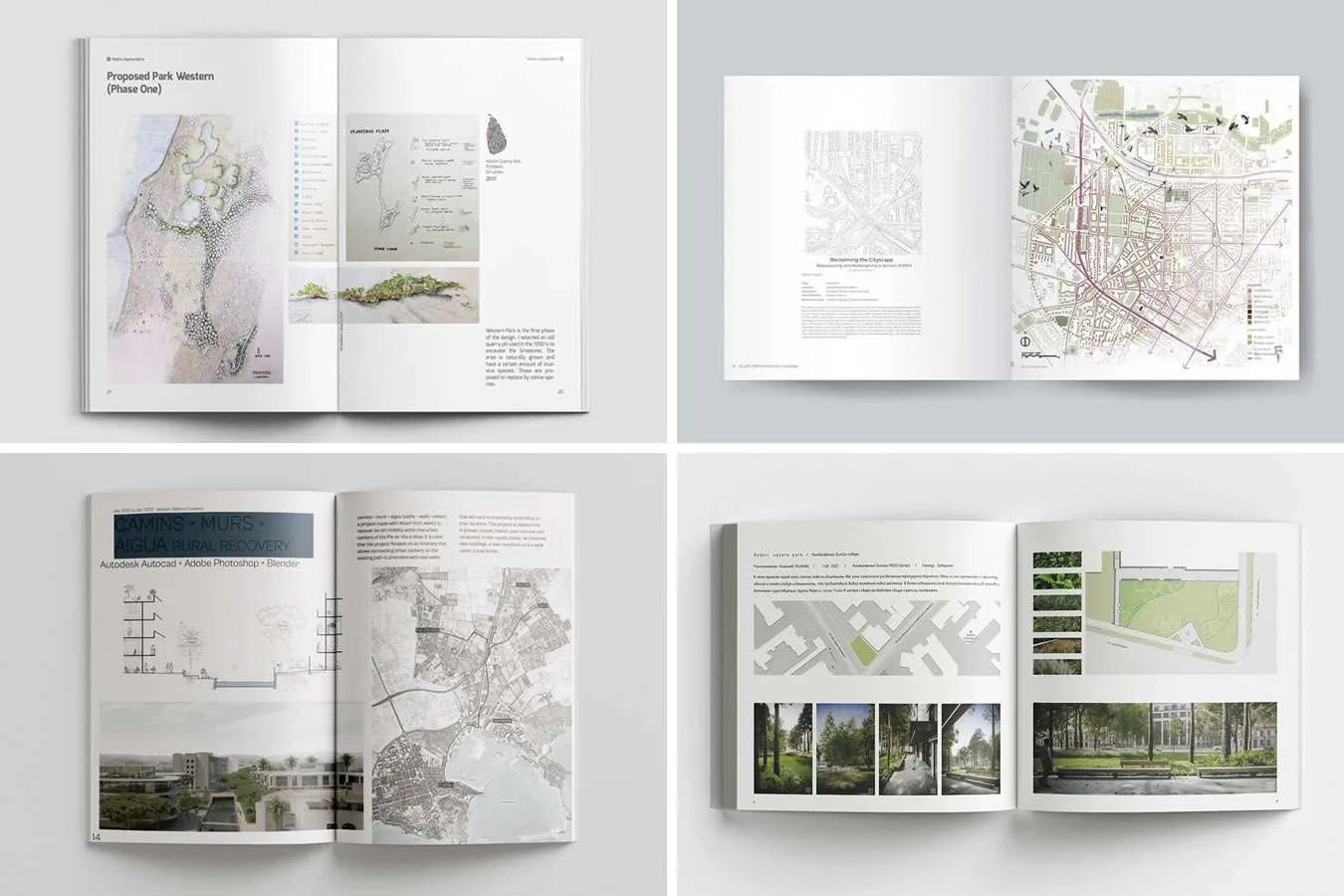
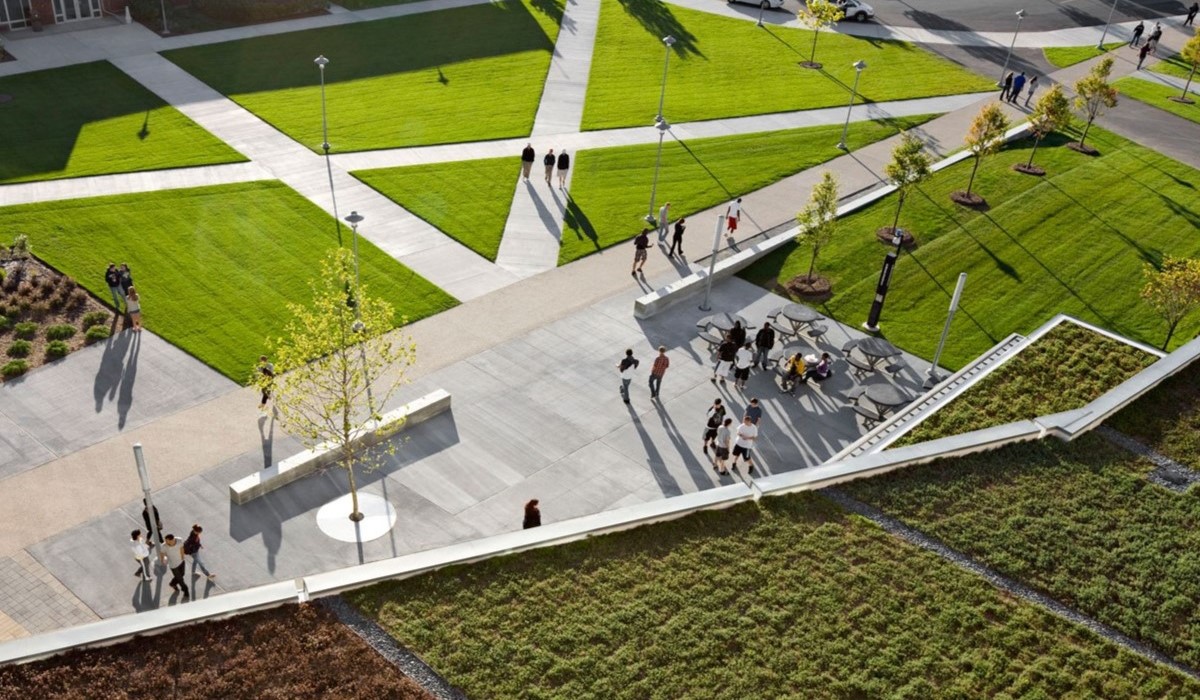
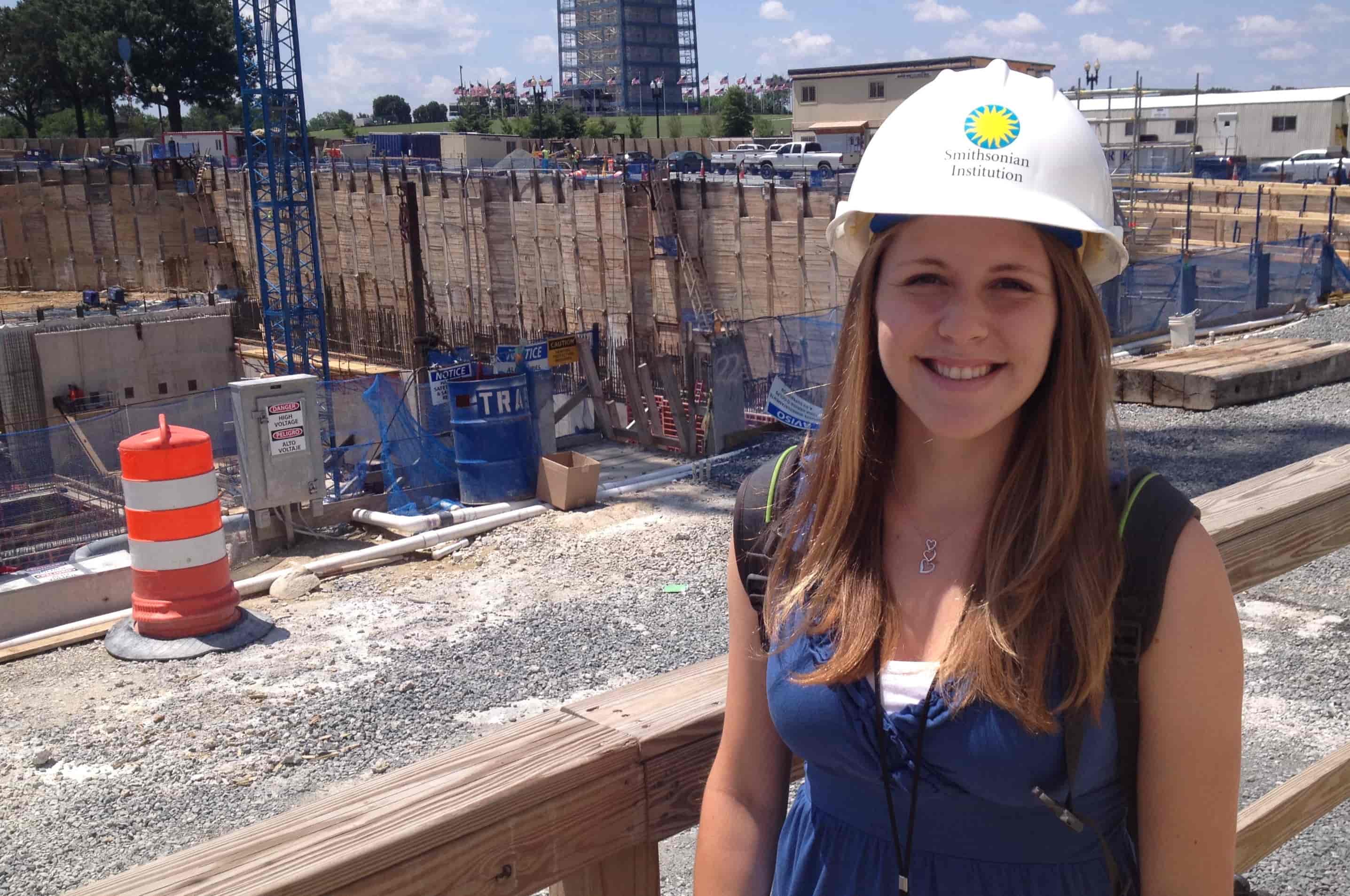

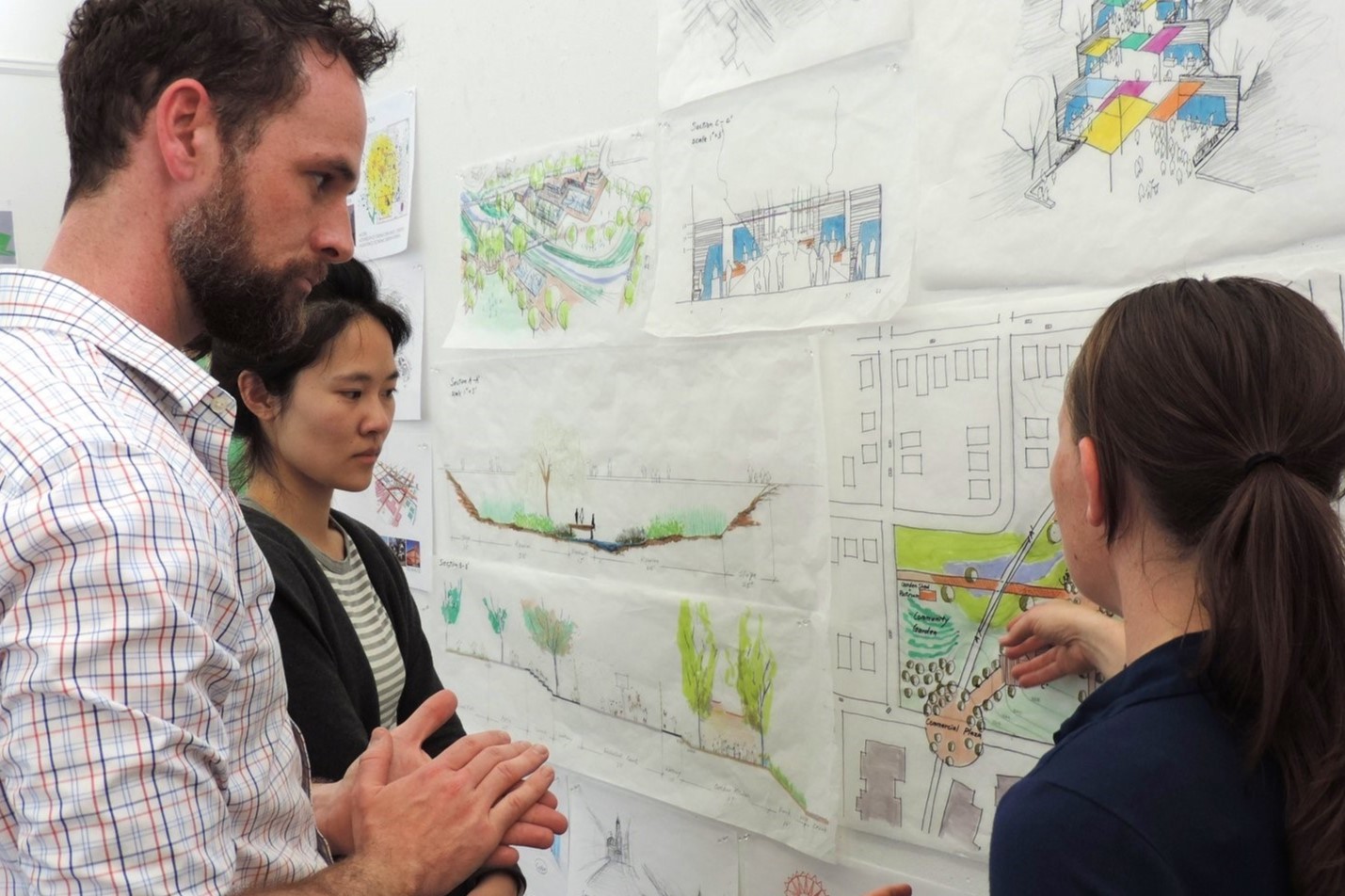
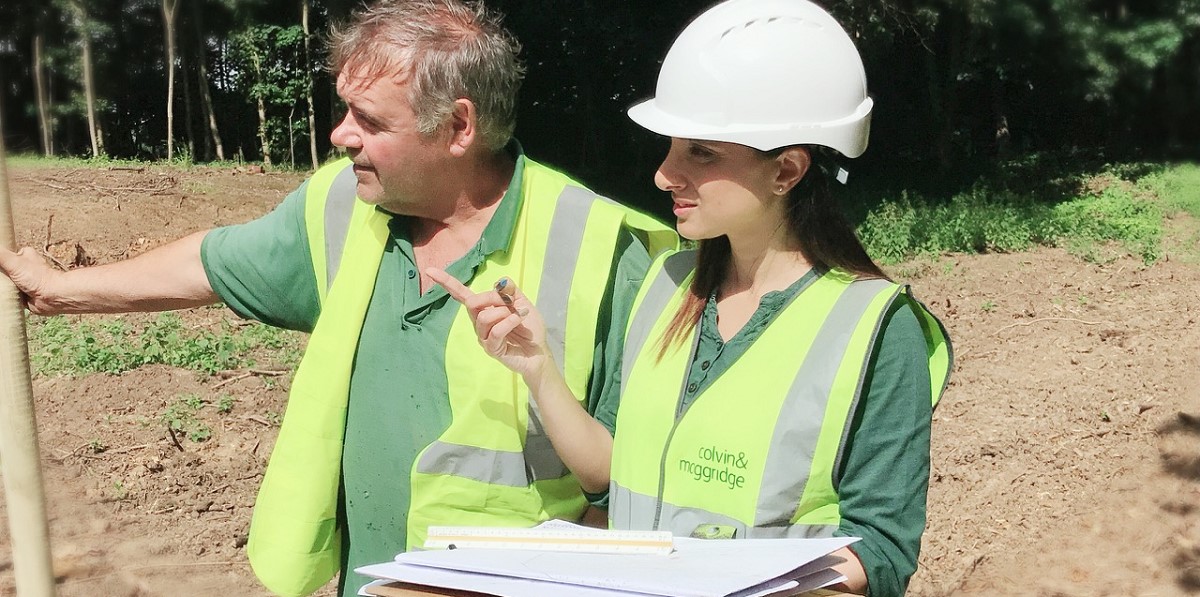









0 thoughts on “What Is The Job Growth For Landscape Architects?”